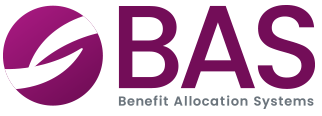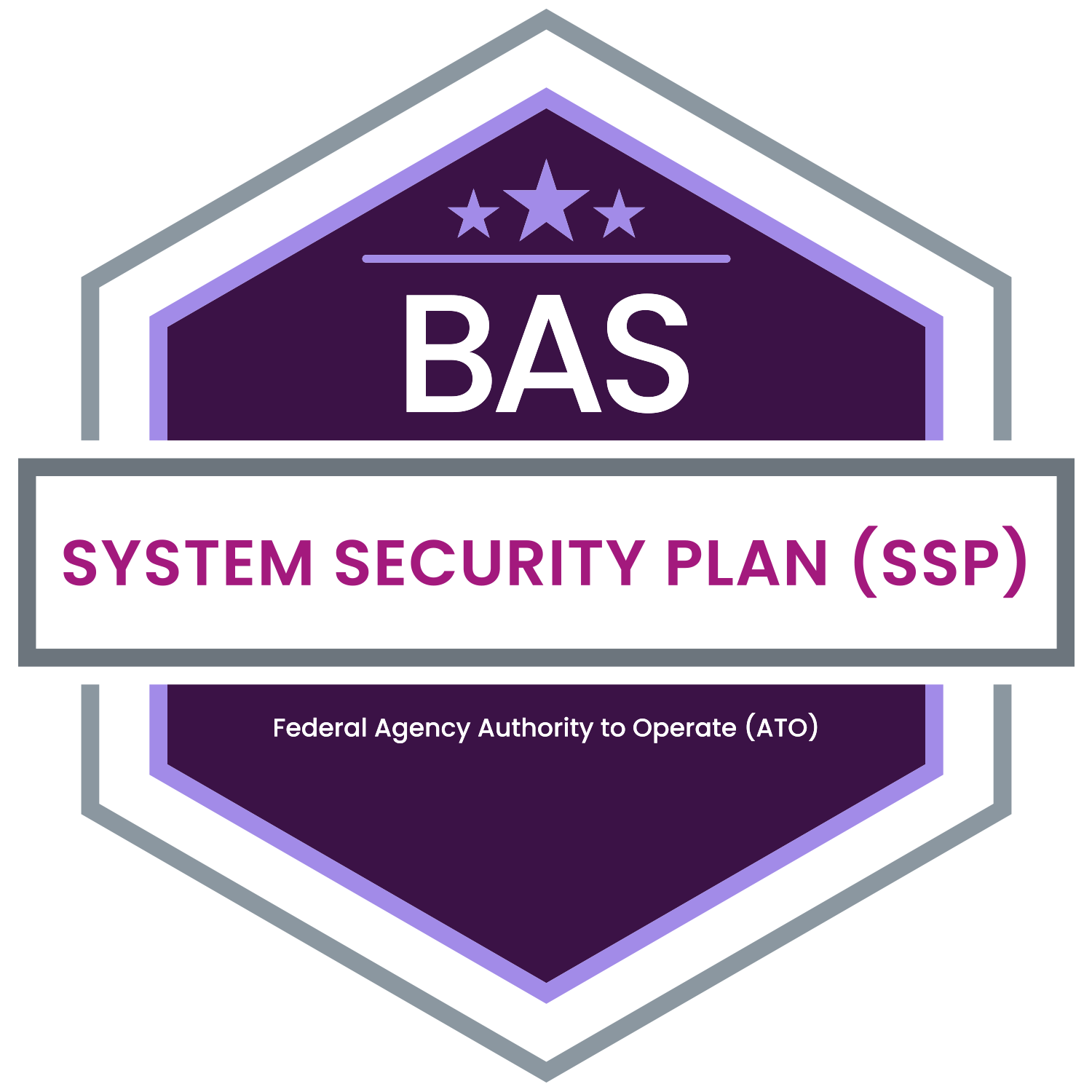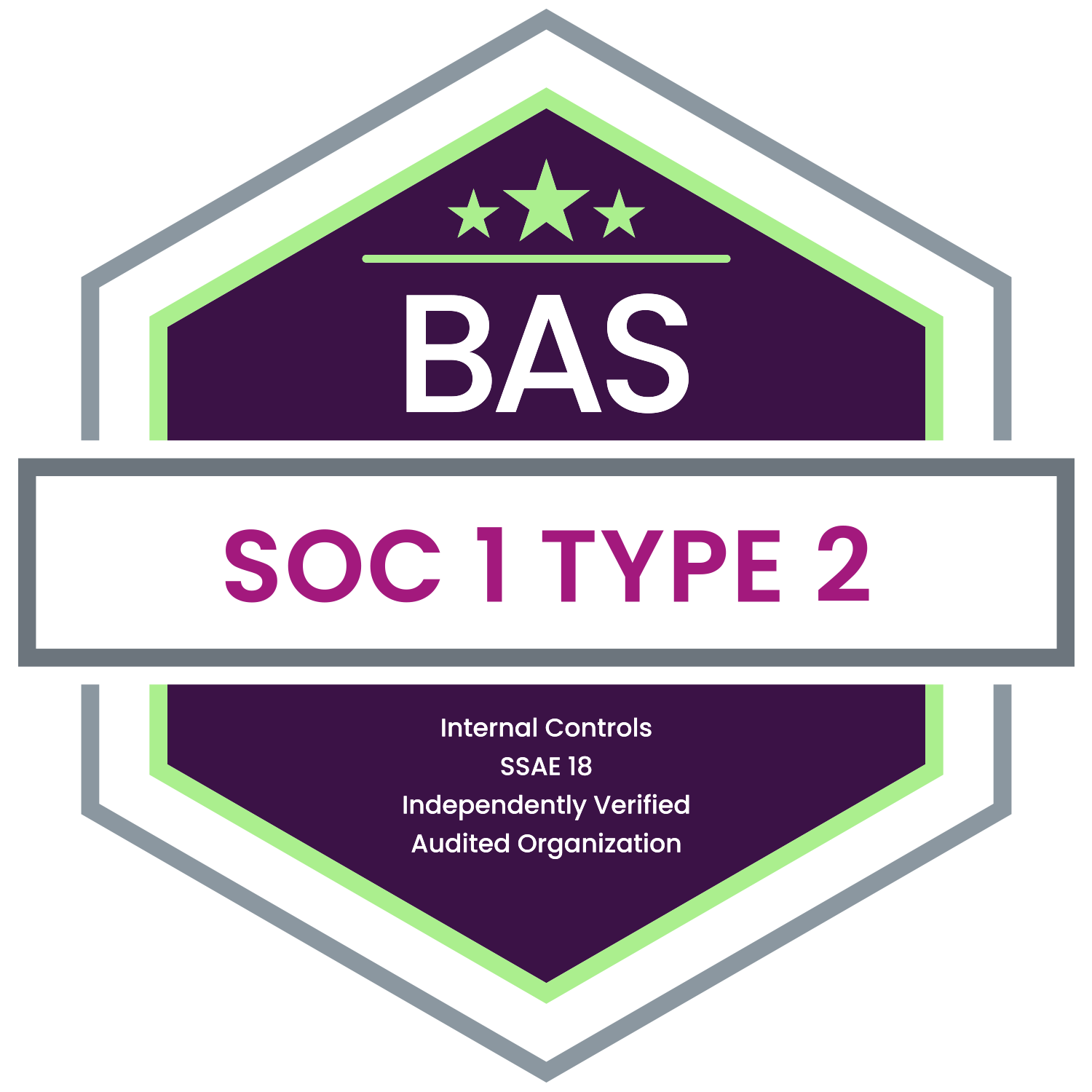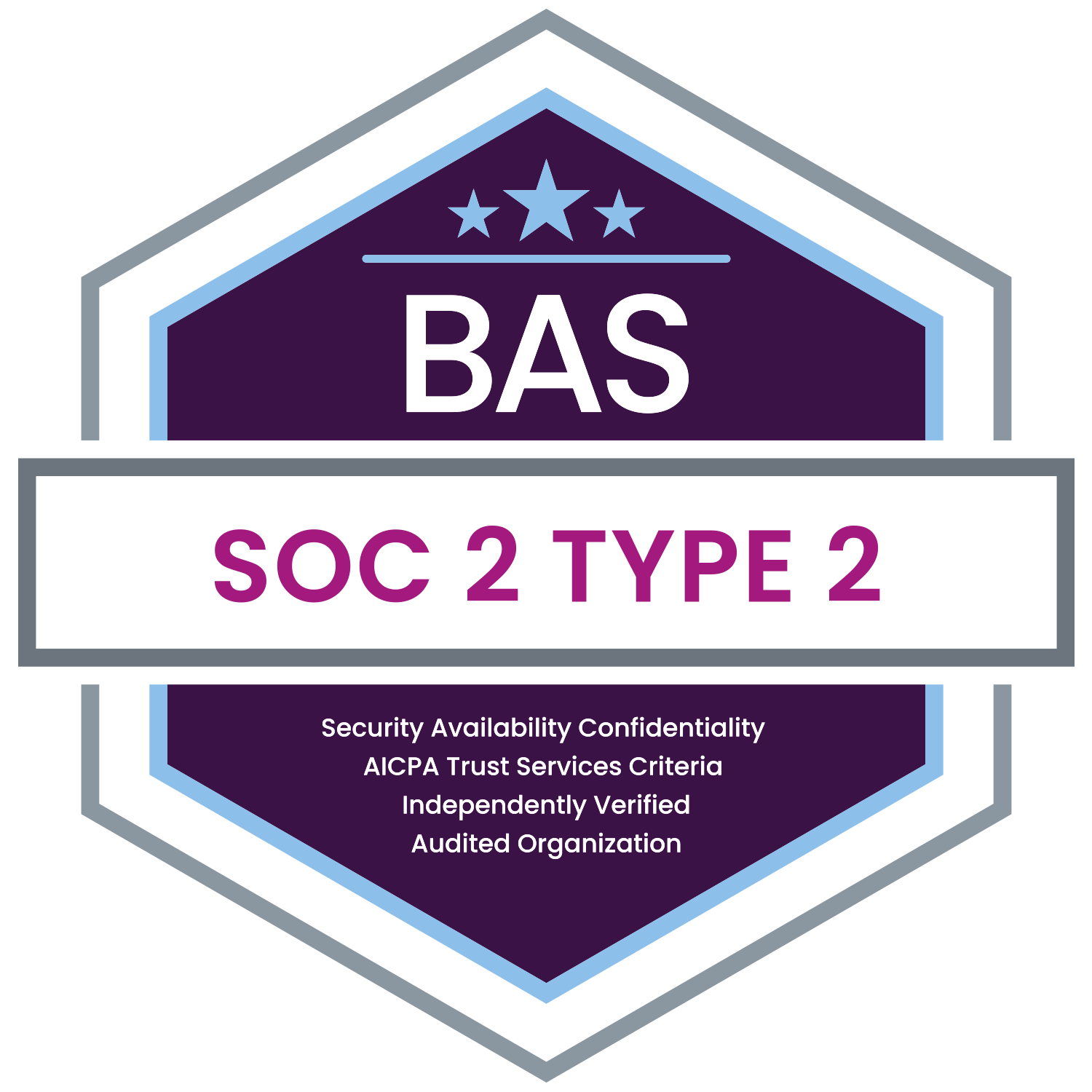The White House recently released “Winning the AI Race: America’s AI Action Plan,” outlining more than 90 federal actions designed to strengthen U.S. leadership in artificial intelligence. The plan was developed in response to President Trump’s January executive order on Removing Barriers to American Leadership in AI, which called for a unified national strategy to accelerate innovation and protect the country’s competitive edge.
While the Action Plan’s scope includes national security and global policy, it also frames AI as a cornerstone of American innovation positioning artificial intelligence as the foundation for a new age of U.S. leadership in science, technology, and global influence. Winning the AI race, according to the plan, is essential not only for prosperity and workforce transformation, but also for maintaining the balance of power in the world.
The plan is structured around three pillars:
- Accelerate AI Innovation
- Build American AI Infrastructure
- Lead in International AI Diplomacy and Security
Here’s what HR professionals need to know.
- Workforce Development and Reskilling Programs
A central theme of the plan is preparing the U.S. workforce to thrive in an AI-enabled economy. Key actions include:
- National training initiatives for electricians, HVAC technicians, and skilled trades to support data center and semiconductor buildout.
- New apprenticeship programs and credentialing systems tied to high-growth occupations.
- Public-private partnerships to expand workforce development in next-gen manufacturing and energy infrastructure.
HR takeaway: Employers in skilled trades, construction, utilities, and manufacturing should engage with these federal training programs to recruit talent and reduce workforce shortages. HR teams in all industries should assess how their reskilling programs align with the competencies needed for AI-related job transformation.
- Removing Regulatory Obstacles to AI Deployment
Federal agencies will identify and eliminate outdated or duplicative regulations that impede AI adoption in both the private and public sectors. This includes removing overly burdensome compliance barriers, enabling greater innovation in hiring, analytics, and process automation.
HR takeaway: Organizations deploying AI in HR—such as resume screening tools, chatbot systems, or predictive analytics—may benefit from a more permissive environment. However, ethical design, fairness, and privacy controls remain essential to avoid reputational or legal risk.
- Government Guidance on Fair and Neutral AI
Federal procurement rules will be updated to ensure that large language models and other frontier systems used by government agencies are free from ideological bias and support free speech. This policy preference may shape broader expectations in the private sector.
HR takeaway: Employers should evaluate AI tools used in talent acquisition and employee evaluations for objectivity and transparency, particularly as scrutiny over bias and fairness in algorithmic decision-making grows.
- Federal Support for AI Infrastructure and Employer Partnerships
To accelerate infrastructure development, the plan calls for:
- Streamlined permits for AI-related projects such as chip manufacturing and data center construction.
- A modernized energy grid to support AI data processing.
- Federal-private cybersecurity coordination to protect AI systems and infrastructure.
HR takeaway: Employers may see increased investment incentives and faster project approvals. Construction, tech, and engineering firms should prepare for federal partnership opportunities and cybersecurity collaboration.
- Emphasis on Open-Source and Interoperable AI
The government will promote the development and use of open-source and open-weight AI models to increase accessibility and reduce concentration of power in a few major platforms.
HR takeaway: More employers, especially smaller organizations, may soon have access to cost-effective, customizable AI tools. HR teams should explore open-source options while balancing concerns about data security, support, and compliance.
- Investments in AI Research, Science, and Education
The federal government will fund initiatives to:
- Advance AI safety, interpretability, and performance evaluations.
- Build high-quality scientific datasets for training models.
- Expand AI R&D in key sectors like healthcare, agriculture, defense, and climate.
HR takeaway: HR professionals at universities, healthcare institutions, and R&D-focused employers should be aware of new grant opportunities and education partnerships. Building AI literacy among employees could also become a strategic advantage.
- Combating Misinformation and Synthetic Media
The plan includes initiatives to support law enforcement and legal frameworks in dealing with deepfakes and AI-generated misinformation.
HR takeaway: Employers should update media and social policies to address the risks of synthetic media—especially in public communications, employee conduct, and brand protection contexts.
- Global AI Trade and Compliance Expectations
Export controls on AI systems and semiconductor technologies will be strengthened. The U.S. will work with allies to promote secure and ethical AI deployment abroad, while countering authoritarian uses of AI.
HR takeaway: Employers in technology, defense, and global services must stay alert to export control updates. HR should review cross-border employment and vendor relationships for compliance implications.
Conclusion: A Roadmap for Responsible Employer Engagement
Winning the AI Race is not just a technology plan—it’s a workforce and infrastructure strategy that will reshape employer operations for decades to come. For HR professionals, this means:
- Aligning workforce strategy with federal training priorities.
- Ensuring AI deployments in HR are transparent, fair, and compliant.
- Participating in public-private initiatives for talent development and infrastructure.
- Monitoring evolving federal guidance, cybersecurity mandates, and global compliance standards.
As the federal government moves to define the next generation of innovation, HR teams have a critical role to play in ensuring that AI adoption enhances, not replaces, human potential in the workplace.
Benefit Allocation Systems (BAS) provides best-in-class, online solutions for: Employee Benefits Enrollment; COBRA; Flexible Spending Accounts (FSAs); Health Reimbursement Accounts (HRAs); Leave of Absence Premium Billing (LOA); Affordable Care Act Record Keeping, Compliance & IRS Reporting (ACA); Group Insurance Premium Billing; Property & Casualty Premium Billing; and Payroll Integration.
MyEnroll360 can Integrate with any insurance carrier for enrollment eligibility management (e.g., Blue Cross, Blue Shield, Aetna, United Health Care, Kaiser, CIGNA and many others), and integrate with any payroll system for enrollment deduction management (e.g., Workday, ADP, Paylocity, PayCor, UKG, and many others).
This article is for informational purposes only and is not intended as legal, tax, or benefits advice. Readers should not rely on this information for taking (or not taking) any action relating to employment, compliance, or benefits. Always consult with a qualified professional before making decisions based on this content.









